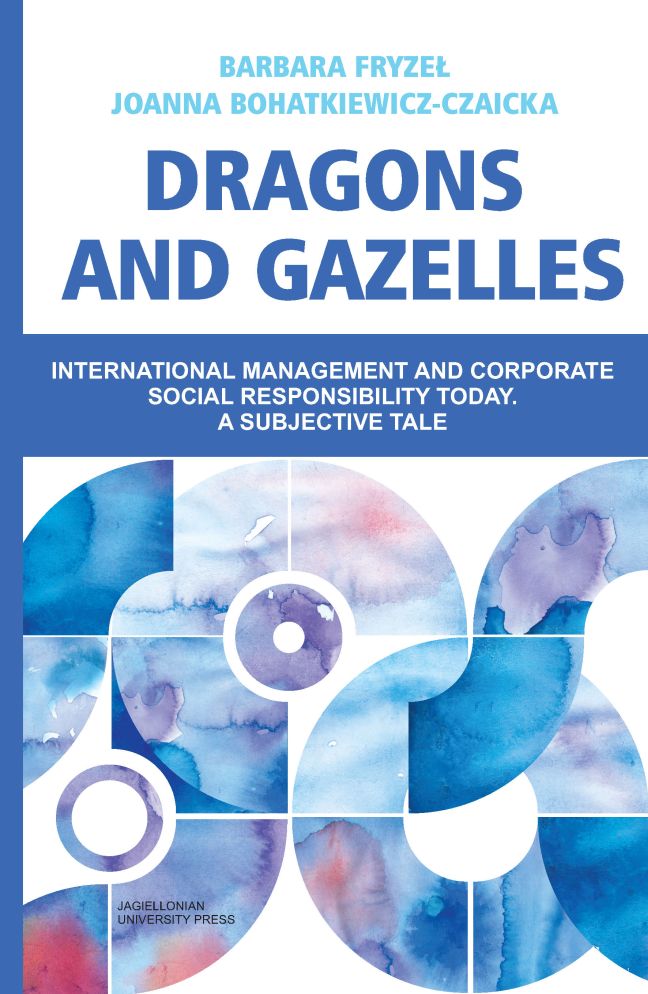 Dragons and Gazelles
Dragons and Gazelles Book contents
- Frontmatter
- Contents
- International Management Seen Holistically. Introductory Remarks
- The International Business Environment
- Capital Concentration: A Pre-Requisite or a Consequence of the Development of Transnational Corporations
- The Mechanisms of Internationalisation
- Global Marketing and Shaping Customers
- Cultural Aspects of a Global Market
- Social Perspectives of Business Internationalisation
- The Globalisation Project, Management and Crisis
- Case Studies
- References
- Appendix
- Index
- Miscellaneous Endmatter
Case Studies
Published online by Cambridge University Press: 01 March 2024
- Frontmatter
- Contents
- International Management Seen Holistically. Introductory Remarks
- The International Business Environment
- Capital Concentration: A Pre-Requisite or a Consequence of the Development of Transnational Corporations
- The Mechanisms of Internationalisation
- Global Marketing and Shaping Customers
- Cultural Aspects of a Global Market
- Social Perspectives of Business Internationalisation
- The Globalisation Project, Management and Crisis
- Case Studies
- References
- Appendix
- Index
- Miscellaneous Endmatter
Summary
Clusters: concentration, specialisation. and internal connections. A case study. of the Polish footwear industry
Introduction
Most of the 20th century was characterised by vertically integrated enterprises, yet from the 1970s a new mode of industrial organisation became prevalent. The fragmentation of production, increased levels of specialisation together with the outsourcing of the elements of the scope of business created new perspectives for entrepreneurial activities (Piore, Sabel, 1984; Ponte et al., 2019). The evolution of global trends in terms of entrepreneurial ecosystems as well as forms of industrial organisation led to globally dispersed global value chains that are usually conducted by so-called lead firms (or global lead firms, GLF) (Gereffi, 1994; Gereffi et al., 2005; Gibbon, Ponte, 2005; Bair, 2009; Cattaneo et al., 2010; Ponte, Sturgeon, 2014; Ponte et al., 2019).
One of the main definitions was developed by Michael E. Porter (1990a, 1990b), according to whom a cluster is “a geographical concentration of interconnected companies, specialised suppliers, service providers, companies operating in related industries and institutions related in specific fields, competing with each other but also cooperating”. Some argue that the definition of clusters is too vague or broad, which may cause problems, for example, in the context of implementing support policies or managing market structures (European Commission, 2002; Ketels, 2003; Martin, Sunley, 2003). As Ketels (2004) puts it, industrial clusters are characterised by four main features: proximity, understood mainly in geographical terms, using common resources; linkages, meaning relationships between cluster participants sharing similar or common goals; active interactions between economic entities from the cluster as well as with NGOs or representatives of public administration; and a critical mass of entities involved in a cluster, which provide effective activities and have a major impact on the performance of the participants in a cluster.
It can therefore be concluded that clusters are characterised by two main features, namely:
• the geographical concentration of actors involved in related specialities (Piore, Sabel, 1984; Porter, 1990a, 1998, 2001; Krugman, 1991; Doeringer, Terkla, 1995; Rosenfeld, 1997; Longhi, 1999; Bellandi, 2001; Klepper, 2007; Fornahl et al., 2015; Główka, 2016; Micek, 2017); and
• vertical and horizontal links between them which support the innovation process (Brusco, 1982; Pyke, Sengenberger, 1992; Putnam, 1995; Markusen, 1996; Muizer, Hospers, 2000; Saxenian, 2000; Asheim, Isaksen, 2002; Gancarczyk, Gancarczyk, 2013; Hołub-Iwan, Wielec, 2014; PARP, 2014, 2016).
- Type
- Chapter
- Information
- Dragons and GazellesInternational Management and Corporate Social Responsibility Today. A Subjective Tale, pp. 123 - 172Publisher: Jagiellonian University PressPrint publication year: 2023
